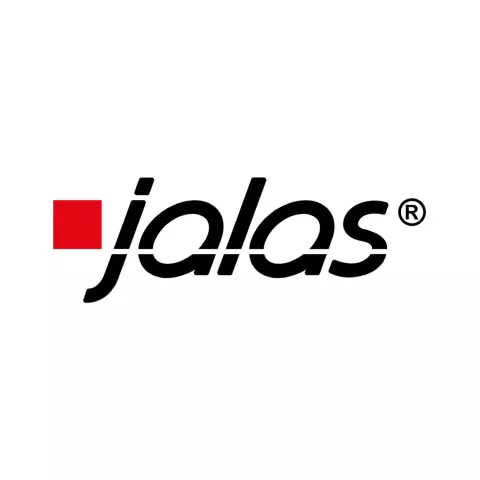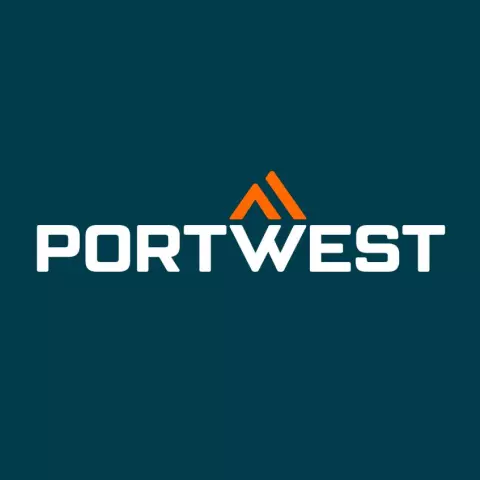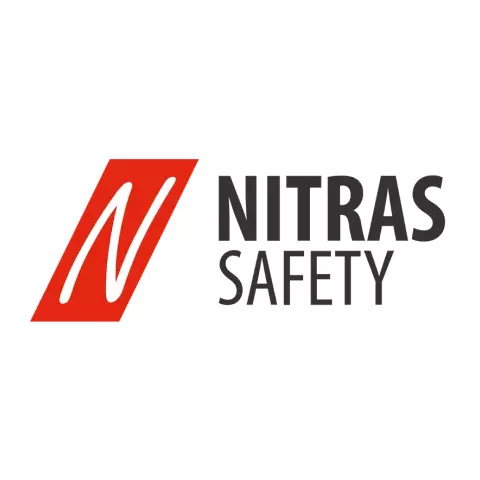
Aggregate Planning: Tips & Strategies
Introduction: Strategic production planning is essential for businesses aiming to meet demand efficiently while maximising profits. Producing too few items...

Get 20€ off on your first order!































In today’s fiercely competitive business world, the strategic importance of procurement cost reduction cannot be overstated. After all, when you have an efficient procurement cost reduction strategy in place, it will help you increase your organization’s savings and enhance the bottom line.
The cornerstone of optimal procurement cost reduction lies in deploying strategic methods to decrease expenses, while simultaneously maintaining high quality and fostering strong supplier relationships. From strategic sourcing and cost management to lean procurement practices and vendor negotiation strategies, there’s a wide range of methodologies you can employ.
In this article, we will explore a series of transformative procurement cost reduction strategies that can dramatically change your organization’s approach to managing expenses and drive long-term financial success.
The topics we will cover include:

Strategic sourcing is the beating heart of any cost reduction strategy.
When you dive into the complexity of supplier relationships, interpret the flux of market trends, and grasp recurring demand patterns, your organization can uncover a wealth of cost optimization opportunities for your procurement strategy.
Imagine you’re at the helm of an electronics manufacturing company considering a strategic consolidation of component suppliers. On the surface, this might seem like a modest adjustment, but the ripples of this decision can reach far, enabling economies of scale, volume discounts, and more favourable terms – all roads leading to substantial cost savings.
Similarly, the art of strategic cost management can be an impactful ally in your quest for procurement cost reduction. The application of spend visibility tools and a thorough dissection of cost drivers can illuminate pockets of unnecessary spending, prompting the organization to take proactive measures.
Take, for example, a software development company recognizing a surplus expenditure on cloud storage services. Such a realization can set the stage for renegotiation of terms with the current service provider, or a comprehensive exploration of more cost-effective alternatives. This can be achieved without sacrificing the sanctity of quality or service levels. This proves the power of strategic cost management in procurement and the potential it holds in reshaping your bottom line.
Lean procurement principles, when applied correctly, can help in achieving cost reduction. By streamlining workflows, minimizing cycle times, and eliminating non-value-added activities, you can improve your procurement efficiency.
Take, for example, an automotive manufacturer implementing just-in-time inventory management practices. This approach can reduce the organization’s inventory-carrying costs and limit inventory-holding expenses, leading to improved cash flow and decreased procurement costs.
Next, consider supply chain cost reduction. By identifying areas of inefficiency within the supply chain, such as transportation or inventory management, organizations can take a giant leap toward cost reduction.
For instance, a retail giant might switch to local suppliers for certain products, thereby reducing transportation costs and improving overall supply chain performance.

Outsourcing certain procurement activities can act as a springboard for cost reduction. When you can leverage external expertise and resources, you will be able to reduce costs through economies of scale and specialized capabilities.
As an example, a large multinational corporation might choose to outsource non-core procurement functions, like IT services. This strategic move can lead to a reduction in overhead costs, improved process efficiency, and allow the business to focus more on its core competencies.
Alongside outsourcing, optimizing the Total Cost of Ownership (TCO) is another impactful strategy. By analyzing the full lifecycle costs of products or services, you can uncover hidden costs and optimize overall expenses.
For instance, an airline company might choose to invest in fuel-efficient planes, which although expensive upfront, can lead to significant cost reductions in the long run due to lower maintenance and operational costs.
If you want to read more on how to master and how to calculate your Total Cost of Ownership, read our previous articles:
Vendor negotiation strategies are also an integral part of procurement cost reduction. Imagine a hospital negotiating longer-term contracts for medical supplies. They might explore alternative pricing models or leverage competitive bids, ultimately resulting in substantial cost savings and improved supplier relationships.
This is where a marketplace like Droppe can tip the scale in favour of your business. On Droppe you can compare the catalogues and purchase from a pool of 100+ trusted European suppliers all in one consolidated invoice. This streamlined approach will simplify your procurement process, decreasing time spent on sourcing and negotiating prices, and potentially reducing administrative costs.
Integrating cost-reduction strategies across procurement processes is a vital move toward consistent savings. By continually evaluating and refining procurement processes, you can learn how to spot inefficiencies, eradicate waste, and optimize resource allocation.
An illustrative case might be a tech startup that decides to implement an e-procurement system, thereby automating manual tasks and streamlining approval workflows. The resultant time and cost savings can be significant.

Implementing an efficient procurement cost reduction strategy is imperative for organizations looking to enhance their financial performance and secure long-term success.
By adopting transformative cost-saving strategies such as strategic sourcing, strategic cost management, and lean procurement, you can drive considerable savings without compromising quality or supplier relationships.
Optimizing supply chain costs, leveraging the advantages of outsourcing, reducing the total cost of ownership, and employing effective vendor negotiation strategies all contribute to procurement cost reduction efforts.
Embrace these transformative cost-saving strategies and unlock the full potential of your procurement function, setting your organization on a trajectory toward long-term success and profitability.
Thank you! You've signed up for our newsletter.









Introduction: Strategic production planning is essential for businesses aiming to meet demand efficiently while maximising profits. Producing too few items...

Finance and purchasing leaders are always looking for ways to cut costs for the company. When you focus on cost...

Procurement cost reduction solutions optimise an organization’s financial resources, enabling it to produce high-quality products and services and increase profit...

Introduction: Strategic production planning is essential for businesses aiming to meet demand efficiently while maximising profits. Producing too few items...

Finance and purchasing leaders are always looking for ways to cut costs for the company. When you focus on cost...

Procurement cost reduction solutions optimise an organization’s financial resources, enabling it to produce high-quality products and services and increase profit...
Get 20€ off on your first order!
Save 30% by buying directly from brands, and get an extra 10€ off orders over €100
Save 30% by buying directly form brands, and get an extra 10€ off orders over €100